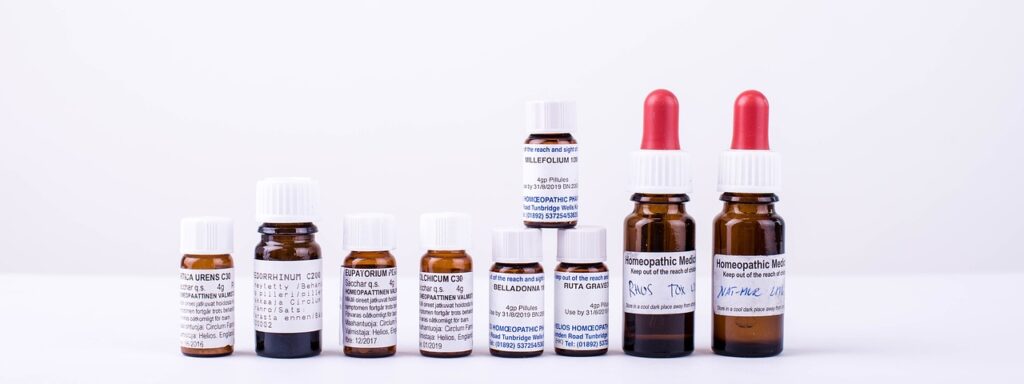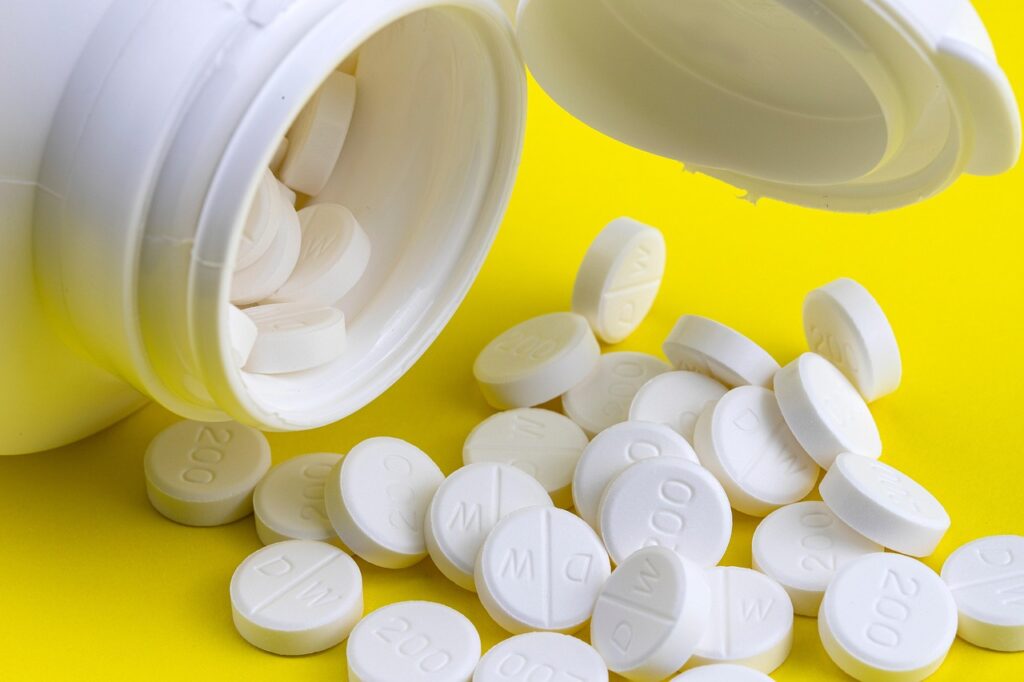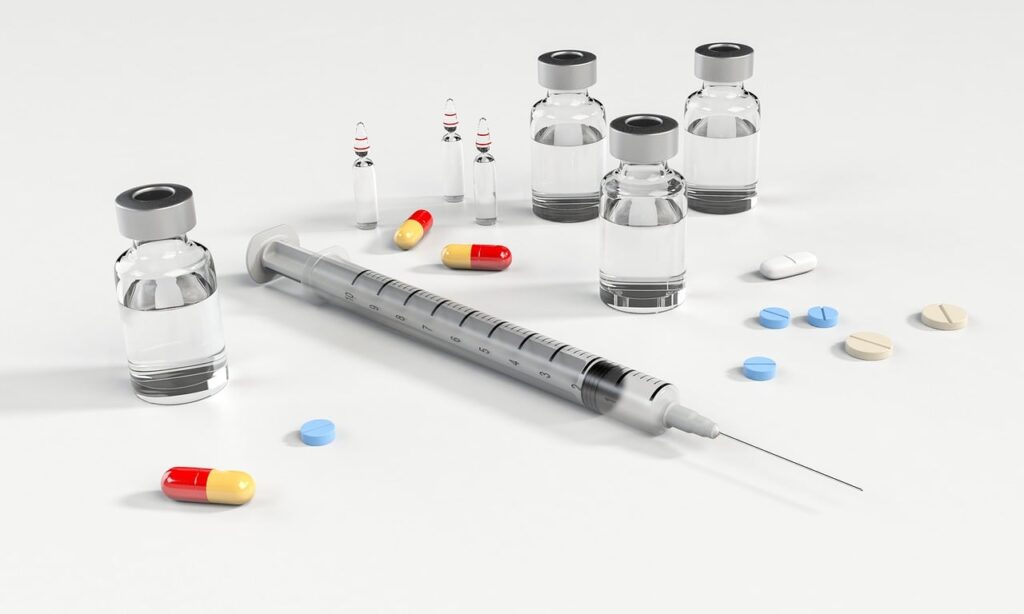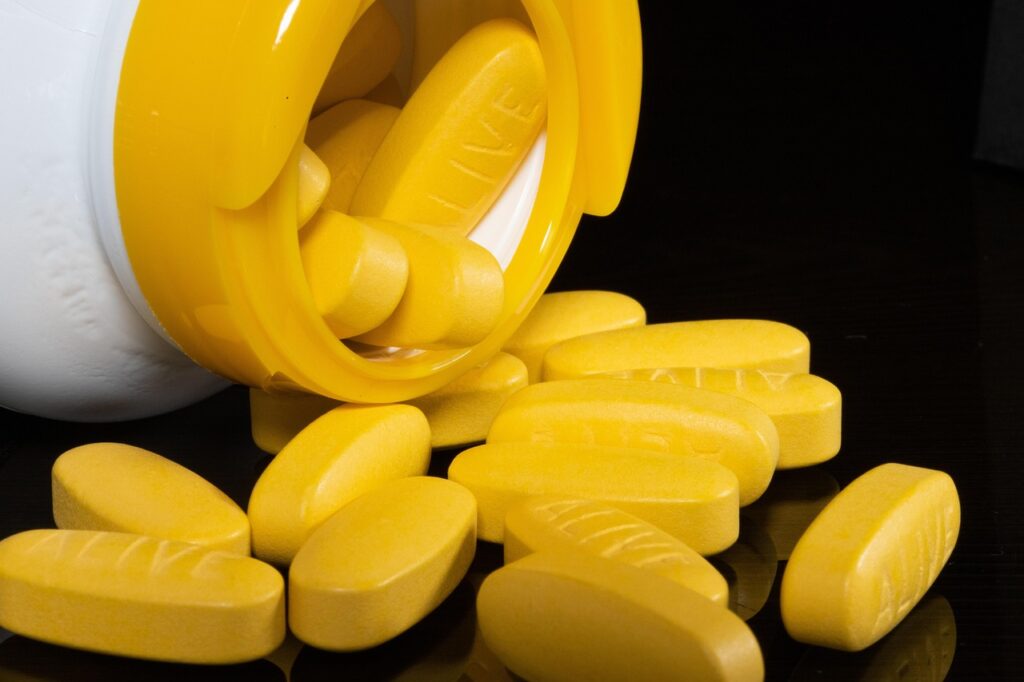
The landscape of medical treatment is constantly evolving, driven by ongoing research, a deeper understanding of human physiology, and the continuous development of safer and more effective therapeutic options. This is particularly true in the management of hypertension, a widespread condition that requires vigilant and precise treatment to prevent serious cardiovascular complications. What was once considered a groundbreaking intervention can, over time, become a relic of the past as new evidence emerges about a drug’s efficacy, safety profile, or when superior alternatives become available.
Indeed, blood pressure medications are not immune to this relentless march of progress. Over the years, several drugs that were once mainstays in the fight against high blood pressure have been phased out due to their side effects, limited effectiveness compared to newer agents, or specific risks that were not fully understood initially. This shift underscores the importance of evidence-based medicine, where clinical guidelines are regularly updated to reflect the latest scientific findings. Staying informed about these changes is crucial for both healthcare professionals and individuals managing their blood pressure.
In this comprehensive overview, we’ll delve into ten specific blood pressure medications that have largely fallen out of favor in routine clinical practice. We’ll explore their history, understand why they became outdated, and touch upon any specialized roles they might still hold today. Our aim is to shed light on the continuous refinement of medical strategies, emphasizing why a thorough understanding of current recommendations, like those from the American Heart Association (AHA) and American College of Cardiology (ACC), is paramount for optimal health outcomes.
1. **Alpha-Blockers**Alpha-blockers were once a notable class of medication in the treatment of hypertension. Their primary mechanism of action involved relaxing blood vessels, a physiological effect that directly contributes to lowering blood pressure. This ability to dilate blood vessels made them an appealing option for managing hypertension, leading to their initial widespread adoption in clinical practice.
Despite their early promise and initial success in reducing blood pressure, clinicians began to observe and document concerning side effects associated with their prolonged use. A significant concern that emerged was their link to an increased risk of heart failure. This potential for serious cardiac complications prompted medical professionals to reconsider the routine administration of alpha-blockers for primary hypertension treatment.
The research landscape also began to shift perspectives. During the 2018 American College of Cardiology Scientific Session, for instance, researchers specifically warned that alpha-blockers were more associated with blood pressure variability than other commonly used medications. Dr. Clyde Yancy, chief of the Division of Cardiology at the Northwestern Feinberg School of Medicine and former president of the American Heart Association (AHA), explicitly stated that alpha-blockers “no longer appear to have an appropriate role in the treatment of hypertension.” This evolving understanding of their risks and limitations led to a substantial reduction in their use for blood pressure control.
Today, the role of alpha-blockers in medicine has largely shifted. While no longer recommended as a primary treatment for hypertension due to the identified risks and the availability of safer alternatives, they do retain importance in specific therapeutic niches. Their muscle-relaxing properties are now primarily utilized in managing prostate conditions, where they can alleviate symptoms associated with benign prostatic hyperplasia, rather than for routine blood pressure management.
Read more about: Unmasking the Saboteurs: 8 Unexpected Ways Your Daily Habits Are Secretly Stealing Your Sleep
2. **Beta-Blockers**Beta-blockers represent another class of medication that has seen a significant evolution in its role within hypertension management. Historically, they were a common choice for initiating treatment for high blood pressure, working by blocking the effects of adrenaline and slowing the heart rate, thereby reducing the force with which blood is pumped through the arteries.
However, contemporary guidelines from major cardiology organizations, such as the ACC/AHA, no longer recommend beta-blockers as the first-line therapy for primary high blood pressure. This change stems from a deeper understanding of their comparative efficacy and side effect profiles when stacked against newer agents or other established first-line treatments like thiazide diuretics, ACE inhibitors, or calcium channel blockers. While effective, they may not offer the same broad cardiovascular benefits or have a more favorable side effect profile for *initial* hypertension management in all patients.
Despite this shift in their primary role for hypertension, it’s crucial to understand that beta-blockers remain exceptionally vital in managing a range of specific heart conditions. Their therapeutic value is undeniable in situations where their unique mechanisms of action are particularly beneficial. They are indispensable for conditions such as atrial fibrillation, where they help control heart rhythm, or coronary artery disease, where they can reduce the heart’s workload and improve outcomes.
Therefore, while beta-blockers have been repositioned in the treatment algorithm for hypertension, they are far from obsolete. Their use is now more condition-specific, often serving as crucial add-ons to other treatments, rather than being the go-to initial prescription for uncomplicated high blood pressure. This strategic shift ensures that patients receive the most targeted and effective therapies for their individual cardiovascular needs.
Read more about: Unmasking the Saboteurs: 8 Unexpected Ways Your Daily Habits Are Secretly Stealing Your Sleep
3. **Peripheral Vasodilators**Peripheral vasodilators were developed with a clear objective: to directly relax the blood vessels throughout the body, thereby reducing systemic vascular resistance and effectively lowering blood pressure. This direct action on the vascular smooth muscle made them a potent tool in the early pharmacological management of hypertension, offering a straightforward approach to reducing the pressure within the circulatory system.
However, the clinical experience with these older peripheral vasodilators revealed a significant drawback: a range of undesirable side effects that ultimately diminished their therapeutic value. Among the most common and problematic side effects were fluid retention, which could paradoxically worsen conditions like heart failure, and tachycardia, an abnormally rapid heart rate, which placed additional strain on the cardiovascular system.
These side effects necessitated careful monitoring and often required the co-administration of other medications to manage, adding complexity to treatment regimens. The balance between their blood pressure-lowering benefits and the burden of their side effects became increasingly unfavorable as pharmaceutical research advanced. As a result, medical professionals began seeking more refined and better-tolerated alternatives.
In modern practice, more targeted vasodilators have been developed that are capable of delivering consistent results with a more manageable side effect profile. Consequently, the older versions of peripheral vasodilators are used less often today. Their application is now primarily limited to very specific clinical scenarios, typically when other, more favored agents have proven ineffective or are contraindicated, highlighting their relegated status to a last-resort or specialized treatment option.

4. **Central Alpha Agonists**Central alpha agonists represented an important class of antihypertensive drugs that once played a more prominent role, especially in cases of resistant hypertension where standard therapies struggled to achieve adequate blood pressure control. These medications work by stimulating alpha-2 adrenergic receptors in the brain, which in turn reduces sympathetic nervous system outflow, leading to a decrease in heart rate and relaxation of blood vessels.
However, the use of central alpha agonists as a primary option saw a notable reduction over time due to several significant drawbacks. Among these were prominent sedative effects, which could impair daily functioning and quality of life for patients. Perhaps even more concerning were the rebound risks associated with their discontinuation; abruptly stopping these medications could lead to a rapid and dangerous surge in blood pressure, potentially causing hypertensive crises.
These challenges meant that while effective in lowering blood pressure, their routine use required careful patient selection and management, and their overall tolerability profile was less favorable than other emerging antihypertensive classes. The risk of rebound hypertension, in particular, made them less suitable for broad application, especially in patients who might struggle with medication adherence.
Today, central alpha agonists are generally reserved for very specific cases. They primarily serve as secondary treatments for high blood pressure, meaning they are considered only when more standard, first-line therapies have failed or are not appropriate. Their current role is highly specialized, typically used under close medical supervision and often in combination with other drugs, to achieve blood pressure control in complex or difficult-to-treat scenarios.
Read more about: 15 Common Myths About World War II That Historians Have Resoundingly Debunked

5. **Short-Acting Calcium Channel Blockers**Short-acting calcium channel blockers initially garnered considerable attention due to their rapid onset of action and their ability to quickly reduce hypertension. Their mechanism involves blocking the entry of calcium into heart muscle cells and blood vessel walls, leading to relaxation of blood vessels and a decrease in heart rate and contractility, which effectively lowers blood pressure.
However, the very characteristic that made them appealing – their quick hypertension-reduction effects – also became a source of significant concern. The abrupt drops in blood pressure levels they could induce were problematic, as such rapid fluctuations were found to potentially increase cardiac risk. This unpredictable and sometimes drastic impact on blood pressure raised alarms among clinicians regarding patient safety and long-term cardiovascular health.
These concerns were especially pertinent in vulnerable patient populations, where sudden hemodynamic changes could precipitate adverse events. The rapid pharmacokinetic profile of these short-acting agents, while effective in acute situations, was deemed less desirable for chronic, stable hypertension management, where a more gradual and sustained reduction in blood pressure is typically preferred to minimize risks.
Consequently, the medical community has largely shifted its preference towards extended-release versions of calcium channel blockers. These newer formulations offer a more consistent and gradual lowering of blood pressure over a prolonged period, mitigating the risks associated with abrupt changes. Short-acting forms are now primarily reserved for closely monitored clinical scenarios, such as emergency settings for acute hypertensive crises, where their rapid action can be carefully managed to ensure patient safety and optimize outcomes.
The continuous evolution of medical science means that the arsenal we use against chronic conditions like high blood pressure is always being refined. As new evidence emerges and our understanding of drug efficacy and safety profiles deepens, some medications that were once frontline treatments gracefully retire from routine use. This isn’t a sign of past failures, but rather a testament to an ongoing commitment to patient well-being, ensuring that only the most effective and safest options are recommended. We now continue our exploration, examining five more blood pressure drugs that have been largely superseded by advancements in cardiovascular pharmacology, highlighting the crucial lessons learned along the way.
6. **Potassium Channel Openers**Among the medications that have been phased out of routine hypertension management are potassium channel openers, specifically drugs like Minoxidil and Diazoxide. These agents were once utilized to manage severe hypertension, particularly in cases where other treatments proved insufficient. Their primary mechanism involved directly relaxing the smooth muscle cells within blood vessel walls, which led to a significant reduction in vascular resistance and, consequently, lower blood pressure.
While their ability to rapidly reduce blood pressure was undeniable, the therapeutic appeal of potassium channel openers was significantly curtailed by a host of severe and often distressing side effects. One of the most common and problematic adverse effects was substantial fluid retention. This accumulation of fluid could lead to swelling and, in some cases, exacerbate existing heart conditions or create new complications, posing a considerable challenge for long-term patient management.
Beyond fluid retention, another notable side effect was excessive hair growth, a condition known as hypertrichosis, particularly associated with Minoxidil. While not medically dangerous, this cosmetic issue significantly impacted patients’ quality of life and adherence to treatment. These severe side effects, alongside the development of more targeted and better-tolerated antihypertensive medications, gradually led clinicians to re-evaluate their widespread use.
Today, the routine administration of these older potassium channel openers for primary hypertension is rare. The medical community has largely adopted safer and more specifically targeted antihypertensive medications that offer comparable or superior blood pressure control without the burden of such pronounced adverse effects. Their current use is typically confined to very specialized and often refractory cases of hypertension, or in specific non-hypertensive applications, reflecting their relegated status in the broader treatment landscape.
7. **Direct Renin Inhibitors**Direct renin inhibitors (DRIs) emerged on the pharmaceutical scene with considerable promise, heralded as a novel and highly targeted approach to managing hypertension. These drugs were designed to specifically block the activity of renin, an enzyme crucial in the renin-angiotensin-aldosterone system (RAAS), which plays a pivotal role in regulating blood pressure. The expectation was that by targeting this early step in the RAAS pathway, DRIs could offer a precise and effective means of lowering blood pressure with a favorable side effect profile.
Despite the initial optimism surrounding their targeted mechanism, the clinical experience with direct renin inhibitors revealed a more complex reality. Their usage uncovered inconsistent benefits when compared to established RAAS inhibitors, such as ACE inhibitors and angiotensin receptor blockers (ARBs). Furthermore, there were concerns about potential adverse effects, including a heightened risk of renal impairment and hyperkalemia, especially when combined with other RAAS-acting drugs, which are commonly used in hypertension management.
These inconsistencies in efficacy and the emergence of safety concerns, particularly the risks associated with combination therapy, prompted a re-evaluation of their role. Clinicians and researchers recognized that while the theoretical basis was sound, in practice, DRIs did not consistently deliver the broad, robust cardiovascular outcomes that were already well-established with ACE inhibitors and ARBs. The need for precise, predictable, and consistently beneficial treatments in hypertension management is paramount.
Consequently, direct renin inhibitors have become significantly less common in modern treatment guidelines and clinical practice. With ACE inhibitors and ARBs offering proven outcomes and a better-understood safety profile, they continue to be the preferred and more widely recommended agents for targeting the RAAS system in patients with hypertension. This shift underscores the importance of real-world clinical data and long-term safety observations in determining a drug’s enduring utility.
Read more about: Beyond the Physical: Unpacking the Deep Connection Between Depression and Heart Disease
8. **Sodium Thiocyanate**In the early days of hypertension research, before our current sophisticated understanding of blood pressure regulation, various compounds were explored for their potential to lower blood pressure. Among these was sodium thiocyanate, an agent that was, for a period, used clinically as one of the first antihypertensive agents. Its purported mechanism involved relaxing vascular smooth muscle, thereby directly contributing to a reduction in blood pressure, a seemingly straightforward approach to managing the condition.
However, the clinical use of sodium thiocyanate was fraught with severe and unacceptable risks. A major concern was its high propensity to induce hypothyroidism, disrupting a crucial endocrine function that impacts numerous bodily systems. Even more alarmingly, the drug carried a significant risk of cyanide accumulation within the body, which could lead to severe toxicity and life-threatening complications.
These profound safety issues swiftly overshadowed any potential therapeutic benefits. The risks associated with widespread thyroid dysfunction and, critically, the potential for cyanide poisoning, made sodium thiocyanate an untenable option for chronic disease management. The medical community recognized that the dangers far outweighed any advantages, necessitating its rapid discontinuation from clinical practice.
Therefore, clinicians quickly abandoned sodium thiocyanate in favor of newer drugs that offered wider safety margins and more predictable outcomes. Its history serves as a stark reminder of the learning curve in pharmacology and the continuous pursuit of safer alternatives. Today, it stands as an obsolete treatment, completely removed from any modern recommendations for hypertension due to its inherent toxicity.
9. **Debrisoquine**Introduced in the 1950s, debrisoquine represented an attempt to manage hypertension by targeting the sympathetic nervous system. Its mechanism involved depleting catecholamines in peripheral sympathetic neurons, a process intended to lower vascular tone and, consequently, reduce blood pressure. For a time, it offered a pathway to control blood pressure in an era where effective antihypertensive options were still relatively limited.
However, the early promise of debrisoquine was quickly overshadowed by a series of significant and debilitating adverse effects. Patients frequently reported gastrointestinal upset, which could range from mild discomfort to severe digestive disturbances, significantly impacting their quality of life. Even more concerning were the severe electrolyte imbalances that could occur, posing serious risks to overall physiological function, particularly cardiac rhythm and neurological health.
These unpredictable efficacy and profound safety concerns ultimately prompted doctors to abandon debrisoquine for routine hypertension management. The challenges of consistently achieving desired blood pressure control without incurring substantial side effects proved insurmountable. The medical community sought more predictable and better-tolerated agents as pharmaceutical research progressed.
With the advent of more reliable antihypertensives that offer superior efficacy and a much more favorable safety profile, debrisoquine has been entirely superseded. Its history underscores the critical importance of balancing therapeutic benefits with patient safety and tolerability. Today, it holds no place in the standard treatment algorithms for high blood pressure, having been replaced by modern drugs that provide effective control with far fewer risks.
10. **Tolazoline**Tolazoline was historically employed as a nonselective alpha-adrenergic antagonist, primarily intended to induce peripheral vasodilation to lower blood pressure in challenging, resistant cases of hypertension. Its mechanism of action aimed to relax blood vessels throughout the body, thereby reducing the pressure against which the heart had to pump. This made it a consideration in scenarios where conventional approaches yielded insufficient results.
Despite its vasodilatory properties, Tolazoline’s therapeutic appeal rapidly declined as significant adverse effects became evident. Among the most common and problematic were severe tachycardia, an abnormally rapid heart rate, which could ironically increase the heart’s workload and risk for some patients. Additionally, frequent reports of gastrointestinal upset, similar to other early antihypertensives, further diminished its utility and patient tolerability.
The emergence of these severe side effects, coupled with its nonselective nature, meant that its benefits were often outweighed by its drawbacks. The medical landscape was also evolving rapidly. The development of more targeted alpha-blockers, which could achieve selective vasodilation with fewer systemic side effects, and the introduction of advanced calcium channel modulators, provided far superior and safer alternatives for managing hypertension.
Ultimately, these advancements eliminated Tolazoline from standard hypertension treatment. Its nonselective action and problematic side effect profile made it an undesirable choice once more refined pharmacological agents became available. Today, it serves as a historical footnote, a reminder of earlier attempts to control blood pressure, now completely replaced by modern, safer, and more effective therapies.
The journey through these ten outdated blood pressure medications offers a powerful illustration of the relentless progress in medical science. What was once considered a vital treatment can, through rigorous research and deeper understanding, be replaced by superior alternatives that prioritize patient safety and long-term efficacy. This ongoing commitment to evidence-based medicine is why organizations like the American Heart Association (AHA) and American College of Cardiology (ACC) continually update their guidelines, ensuring that patients receive the best possible care for managing hypertension. Staying informed about these advancements is key to maintaining optimal cardiovascular health, empowering individuals to make informed decisions in partnership with their healthcare providers.











